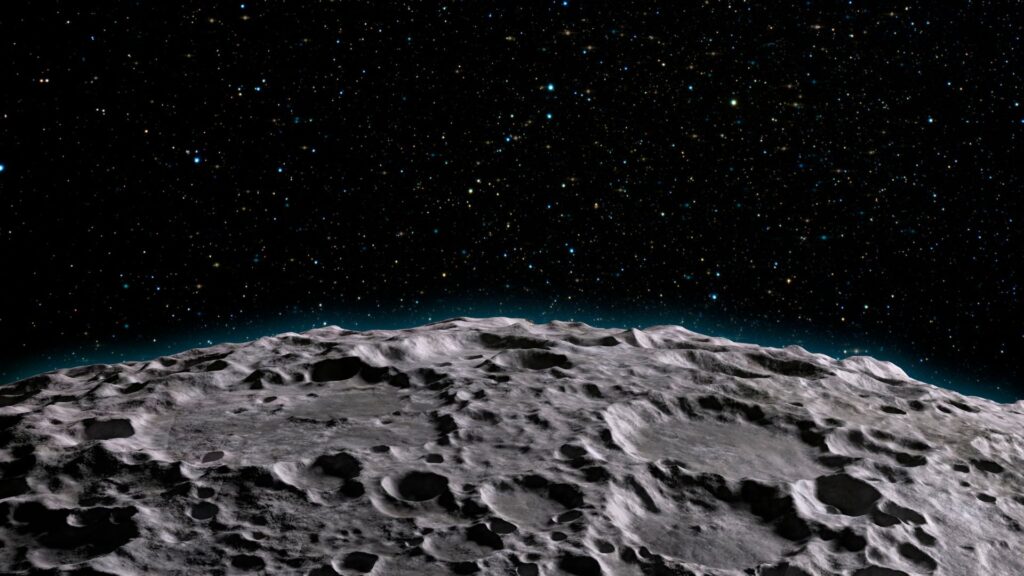Eugene Cernan, a lesser-known astronaut, took the historic final step off the moon in 1972, marking a significant milestone in human exploration. With the Cold War escalating and budgetary constraints mounting, NASA ceased its Apollo program, putting an end to crewed missions to the moon.
Fast forward half a century, and NASA is poised to return to the lunar surface as part of President Trump’s Space Policy Directive 1. This time, the torch is passed to Artemis, the twin sister of Apollo.
Artemis, NASA’s new lunar exploration program, aims to send the first woman and the first person of color to the moon. Through the Artemis missions, NASA will leverage cutting-edge technology to conduct unprecedented studies of the moon and pave the way for future human missions to Mars.
Today, on November 16, 2022, Artemis 1 successfully launched from Kennedy Space Center. This milestone marks the inaugural integrated flight test of the Orion spacecraft and the Space Launch System (SLS) rocket, heralding NASA’s renewed commitment to lunar exploration and its eventual journey to Mars.
Looking ahead, here’s a glimpse into the next half-century of lunar colonization:
2024
The Lunar Gateway space station becomes operational, and a SpaceX Starship departs for the moon’s surface. Four astronauts aboard the Orion spacecraft travel from Earth to the lunar space station, with two transferring to the HLS (Human Living System) Starship. This marks the inception of the lunar industrial age as humans begin establishing the first lunar base.
2028
Cube satellites and rovers scour the moon’s south pole for icy water, crucial for sustaining life. A Prime drill extracts ice from beneath the lunar surface, providing a vital resource for fuel, water, and oxygen production. An international treaty is enacted to preserve significant cultural sites on the moon, including Tranquility Base, safeguarding the legacy of lunar exploration.
2030
The Cosmic Starlink network connects Earth, the Lunar Gateway space station, the Moon, and Mars. The Artemis rocket is refueled with moon-made fuel, facilitating deep space transport for cargo and crew missions to Mars. Lunar paraterraforming commences, transforming lunar regolith into fertile soil within transparent greenhouses, supporting plant growth for sustenance and environmental recycling.
2040
Lunar population surges as two lunar bases, representing 20 countries, emerge. Temporary shelters in lava tubes, dubbed “hobbit houses,” provide refuge, while the Neil Armstrong solar farm supplies energy. The moon becomes a hub for Mars mission certification training, with facilities for research and innovation.
2050
Mining operations extract valuable resources such as aluminum, titanium, and rare earth metals from the moon’s surface. Helium-2 isotopes are mined for fusion reactor fuel, while asteroids are redirected to lunar orbit for resource extraction. Space tourism flourishes, with hotels catering to lunar visitors.
2060 and beyond
This decade heralds the dawn of the lunar information age, with self-sustaining lunar communities and 3D-printed rockets. A moon railway system is established, alongside the Earth Defense Network to safeguard against celestial threats. The lunar laser station, powered by solar sails, assists spacecraft bound for deep space.
Finally, the Earth Legacy Project is initiated, ensuring the preservation of knowledge and genetic information within a deep lunar bunker. This endeavor safeguards the continuity of civilization and life on Earth for generations to come.











